iN PHOTOS: Pileated woodpeckers caught on camera in Kamloops, Okanagan

Photographers in Kamloops and the Okanagan have captured pileated woodpeckers on camera, and the birds are more than just pretty to watch.
While decorated in bold red, snow white and sharp black, these creatures are more than just a pretty face and have some very unique characteristics and mannerisms.
Although maybe not the most charming setting, these birds like what they like. They live in mature forests and woodlands, typically surrounded by dead trees or downed logs. While it may not be the most stylish home, these birds use the land to their advantage, according to All About Birds.
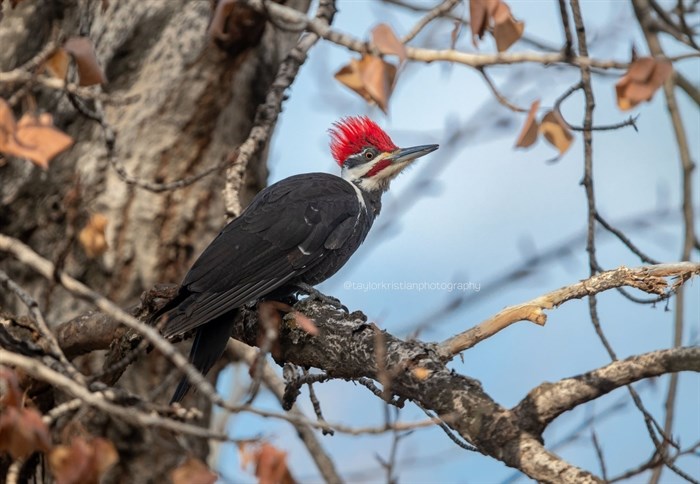
Image Credit: SUBMITTED/ Taylor Borth, Kamloops
While looking for food in the dead forest areas, the birds excavate the logs so intensely, they attract other birds to their area. The excavations of the trees can be so deep, the birds often cause enough damage for small trees to be cut in half. The excavations can even reach up to a foot deep.
Unlike other woodpeckers with circular holes, the pileated woodpecker carves rectangular holes in the wood in search of prey.
Once the log is excavated to the bird’s liking, it uses its barbed tongue to reach the bugs that are buried deep in the wood.
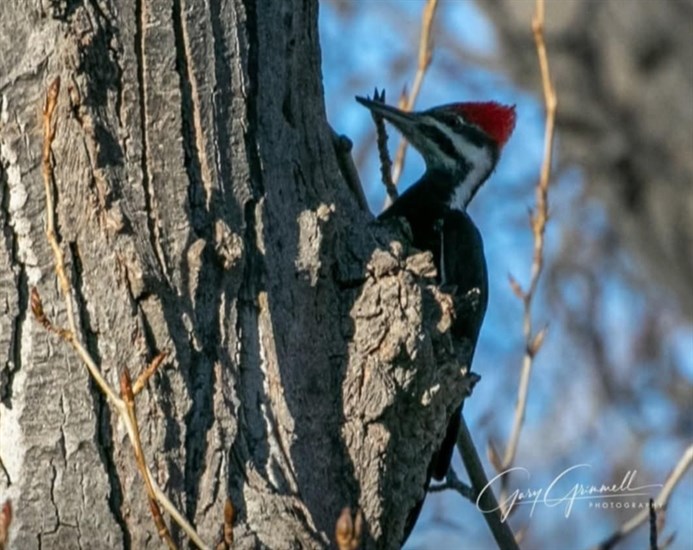
Image Credit: SUBMITTED/ Gary Grimmel, South Okanagan.
With a wide range of sustenance in its diet, the pileated woodpecker often eats carpenter ants, wood boring beetle larvae, as well as termites, flies, caterpillars, spruce budworm, cockroaches and grasshoppers. The birds also eats wild fruits and nuts like greenbrier, hackberry, sassafras, blackberries, sumac berries, poison ivy, holly, dogwood, persimmons and elderberry.
Not only does the pileated woodpecker use the dead trees to find food, but it also nests in them. Building a nest takes about three to six weeks, and although building their home takes quite some time, the nests aren’t often reused in following years.
These birds are territorial and monogamous. If a bird has a mate, it likely will not find a new mate unless theirs has died. If a death does occur, the bird will often find a new mate to take its place and keep its territory defended.
Local photographers captured lovely photos of these birds in their natural habitat this winter.
If you have photos of wildlife you want to share, send them to news@infonews.ca.
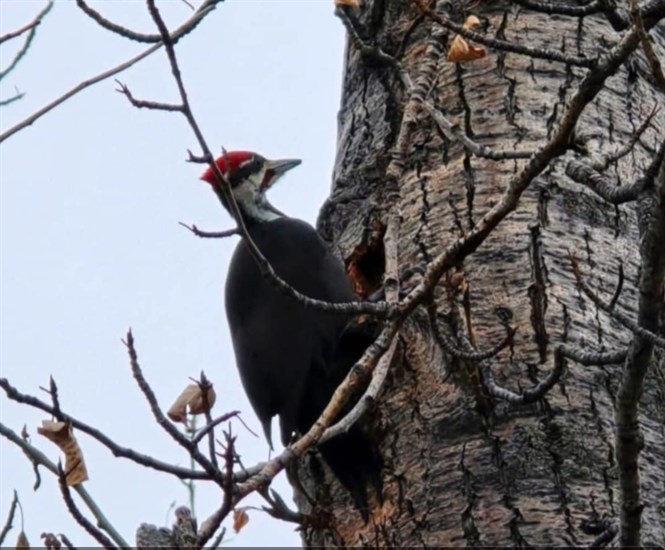
Image Credit: SUBMITTED/ Courtney Robinson, South Okanagan
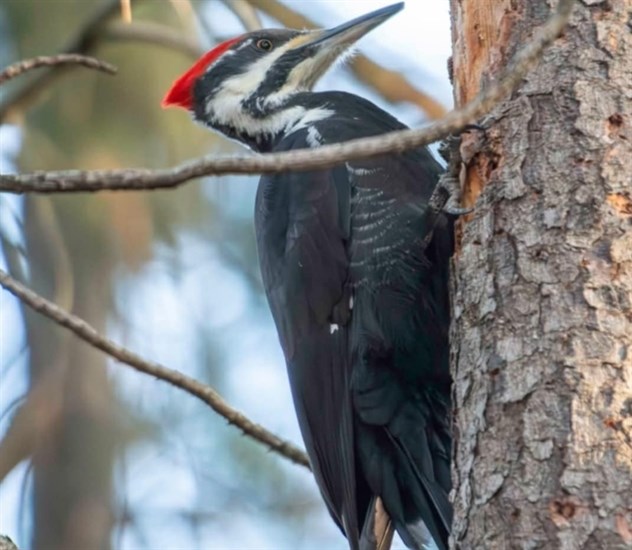
Image Credit: SUBMITTED/ Clifford Pringle, North Okanagan.
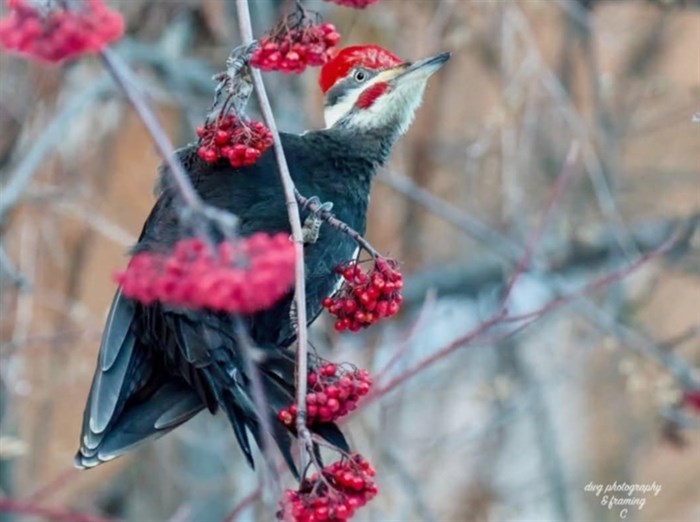
Image Credit: SUBMITTED/ Doug Giles, Kamloops.
Join the Conversation!
Want to share your thoughts, add context, or connect with others in your community?
You must be logged in to post a comment.

















